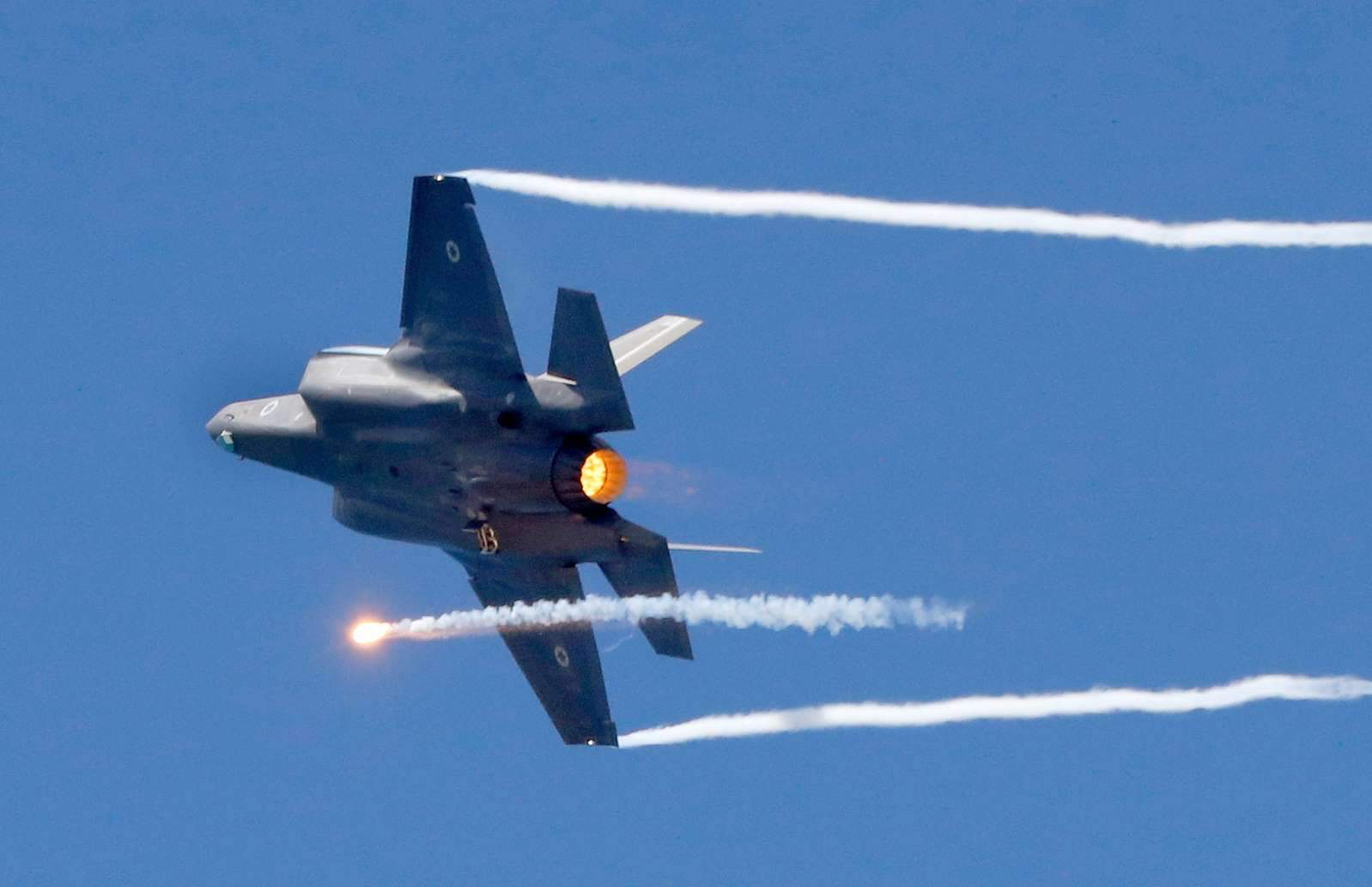U.S. Has Increased Major Arms Exports by 23 Percent in Five Years: Watchdog

America's major arms exports have increased 23 percent over the last five years, according to a new report from a leading arms control watchdog.
The Stockholm International Peace Research Institute's 2019 arms transfers report, released Sunday, shows that the U.S. has "dramatically" expanded arms exports to a total of 96 countries.
The U.S. remains the largest individual arms exporter in the world accounting for 36 percent of all weapons exported from 2015-19—up from 31 percent from 2010-14.
SIPRI noted that the 96 customers for American goods was a "far higher number of destinations for arms exports than any other supplier." The second largest supplier was Russia, which accounted for 21 percent of all arms sales.
But the U.S. is fast outstripping its Cold War rival—the gap in total arms exports between the U.S. and Russia was 17 percent in 2010-14, increasing to 76 percent in 2015-19.
Middle Eastern nations accounted for 51 percent of all U.S. military exports between 2015 and 2019, representing a 79 percent increase on 2014-14. The U.S. was the primary arms supplier to nations including Saudi Arabia, Iraq, Qatar, the United Arab Emirates, Israel, Jordan and Kuwait.
Saudi Arabia and the UAE were heavily reliant on American weaponry as they fought Iranian-backed Houthi rebels in Yemen. Despite domestic opposition and a Senate vote to block American support for the war, the U.S. has continued to supply significant amounts of arms and other supplies to the Saudi-led coalition.
Seventy-three percent of all Saudi Arabia arms imports came from the U.S. from 2015-19, as did two-thirds of UAE imports.
Saudi Arabia was the largest individual recipient of American weapons from 2015-19, accounting for 25 per cent of all U.S. arms exports. In 2010-14 the Saudis accounted for 7.4 percent of exports.
Among the weapons delivered from 2015-19 were 30 of the 154 combat aircraft ordered in 2011. President Donald Trump's administration also authorized the sale of some 59,000 guided bombs to the Saudis in 2019, SIPRI noted.
The Asia and Oceania region accounted for 30 percent of U.S. arms exports in 2015-19. This was despite significant decreases in orders from countries including India, whose U.S. exports went down by 51 percent. Pakistan (92 percent), South Korea (34 percent) and Taiwan (38 percent) also significantly cut their American arms imports.
Trump recently visited India and lauded the growing defense relationship and arms deals between the two nations, but the SIPRI data shows that bilateral ties are not as lucrative as the president would like. Russia remains by far India's largest source of weaponry.
Australia took up some the slack in Asia and Oceania, increasing its U.S. imports by 41 percent and becoming the second-largest importer of American weapons worldwide in 2015-19. Sales to Japan also increased by 85 percent.
Europe, meanwhile, accounted for 13 percent of arms exports in 2015-19, a 45 percent increase on 2010-14. U.S. exports to Africa increased by 10 percent on 2010-14 and those to the Americas fell by 20 percent.
Photo: © JACK GUEZ/AFP via Getty Images/Getty An American-made Israeli F-35 fighter jets performs during an air show over the Israeli city of Tel Aviv on May 9, 2019.











